With an increasing number of cases from coronavirus infection, shortage of beds and oxygen cylinders have been observed. Lockdown helps in stopping the transmission and spread of coronavirus infection. We have to unite and come forward to fight and defeat this epidemic. To create awareness amongst the population, we at Medicircle are presenting special series on the Role of Diagnosis in COVID 19, wherein we are featuring eminent Radiologists, Pathologists and other healthcare experts to share their experience in dealing with COVID patients.
Dr. Chander Lulla is an experienced Consultant Sonologist. He is the Head of Department in Jaslok Hospital. He has delivered lectures in many National and International seminars. He is also the Ex-President of the Indian Federation of Ultrasound in Medicine and Biology.
Role of Ultrasound in COVID
Dr. Chander informs, “There is limited information we get from ultrasound but sometimes it’s very important information. COVID has many different manifestations, of which stroke and blood vessel clot has been recently added which are very much dangerous. For this we perform a test called D-Dimer test, if values are greater, it means that person has got a tendency to clot. For patients with symptoms of stroke, swelling or pain in the legs during COVID or post COVID, we do color doppler sonography to check their blood flow and if there is any clot present in the brain or arteries, we give anticoagulants so that clotting gets thin thereby avoiding complications. These are some of the dangerous complications as they cause severe damage to the body.”
Dr. Chander mentions, “COVID affects lungs badly, we do chest ultrasound bedside to check lungs for pneumonia, presence of water. All this is done to know the pressure on the lungs. There are cases where RT-PCR test is negative and signs are positive in CT scan, so these are false negative. Generally, the accuracy of RT-PCR is 70-80% which is very good but if you perform this test before latent phase of infection then there are chances that the result will be negative. If a patient has symptoms, they can be spotted through CT scan, ultrasound or sometimes even plane x-rays also.”
Dr. Chander adds, “Nowadays a lot of pregnant ladies are getting positive, so through ultrasound their pregnancies are scan for any complications. Fortunately, the fetus doesn’t get affected by infection. But there are chances of preterm labor or premature delivery due to COVID. With the help of ultrasound, we try to find out the amount of amniotic fluid and growth of fetus. It is very important to perform ultrasound during the third trimester, 36-38 weeks to plan deliveries especially for COVID patients. Other than this there are patients of liver transplant, kidney transplant for which we do an ultrasound to monitor their conditions. The biggest advantage of ultrasound is easy portability at patient’s bedside.”
Dr. Chander says, “We should be thankful and grateful to our frontline workers, junior doctors, interns, resident doctors who are working so hard, day and night to combat this disease.”
Pregnancy is an immunologically compromised situation
Dr. Chander stresses, “Pregnancy itself is high-risk situation, it is an immunologically compromised situation. Medical communication is very important here. We perform tests through telemedicine to monitor them. Vaccination is very important for pregnant ladies. 25 million births take place annually in our country and through vaccination, we can save 50 million lives of mother and child. This is the significant population where we should focus.”
Importance of CT scan
Dr. Chander talks, “CT scan is very important. If anyone is having breathing difficulty and oxygen saturation is lowering, CT scan and X-ray is very important to identify severity and involvement. If values are high, then these need to be shifted to ICUs. So, if anyone is having a breathing problem or their oxygen level is below 94, they shouldn’t stay at home as they require urgent medical attention. The situation in Bombay is under control. Things are better.”
Delay in reaching hospital makes the job tougher
Dr. Chander speaks, “People should start seeking medical attention immediately after developing symptoms. Sometimes people waste their time in the initial phase by not accepting that they have been infected. If the patient is having a breathing problem or their oxygen saturation dips down, they need to go hospital urgently. A patient is bought to the hospital only after the condition deteriorates. Delay in reaching the hospital makes the job tougher for doctors. There are different tests for different conditions. If anything gets detected in the blood test, then the patient requires immediate medical attention, especially for senior citizens.”
(Edited by Renu Gupta)
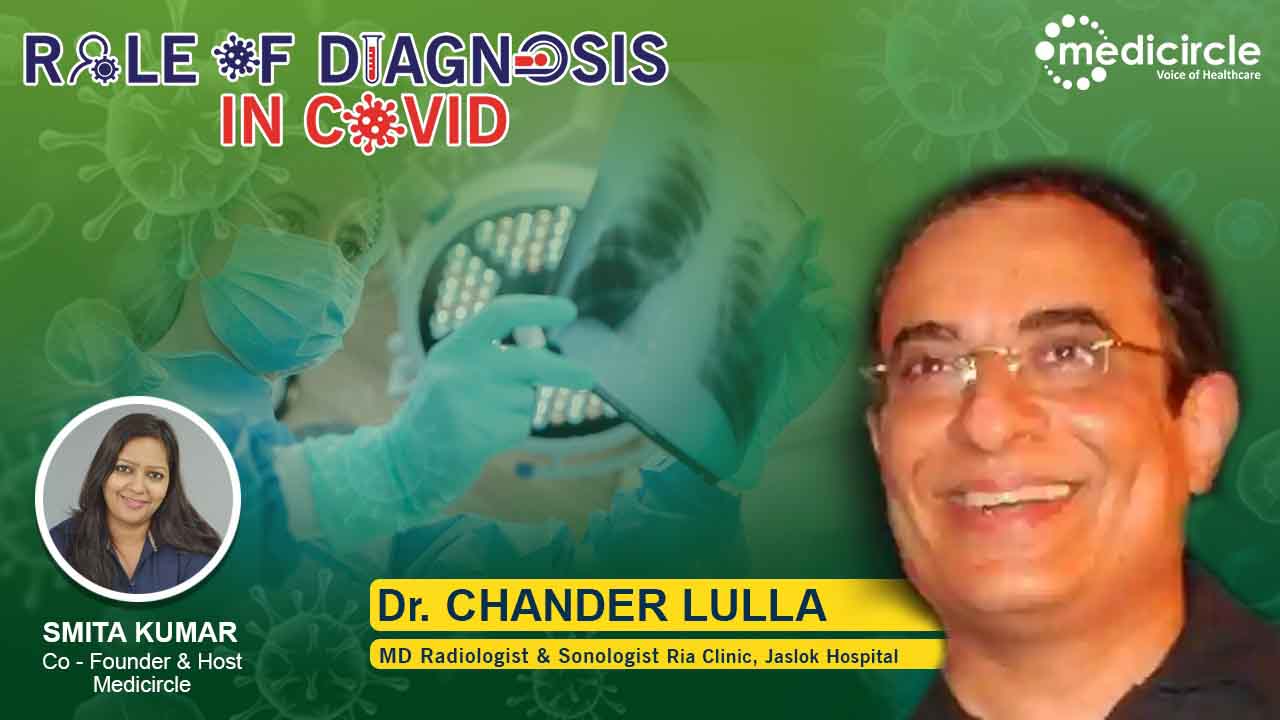
 “Pregnancy itself is high risk situation. 25 million births take place annually in our country and through vaccination, we can save 50 million lives of mother and child. This is the significant population where we should focus,†Dr. Chander Lulla, Consultant Sonologist, Jaslok Hospital
“Pregnancy itself is high risk situation. 25 million births take place annually in our country and through vaccination, we can save 50 million lives of mother and child. This is the significant population where we should focus,†Dr. Chander Lulla, Consultant Sonologist, Jaslok Hospital










.jpeg)

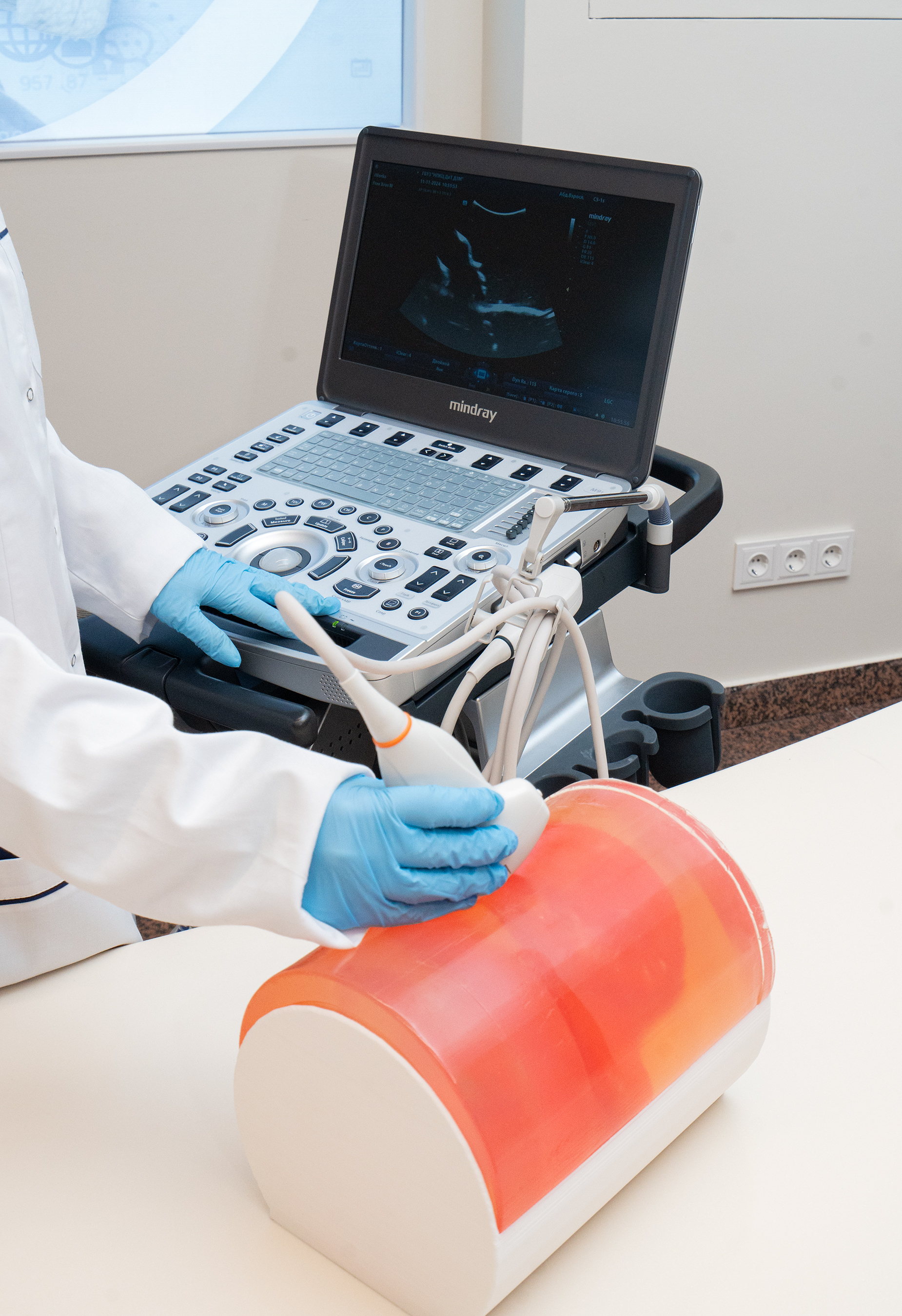

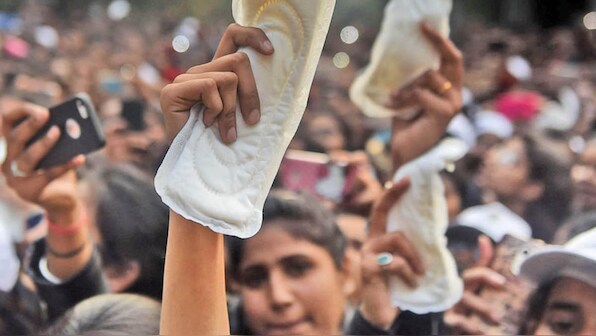


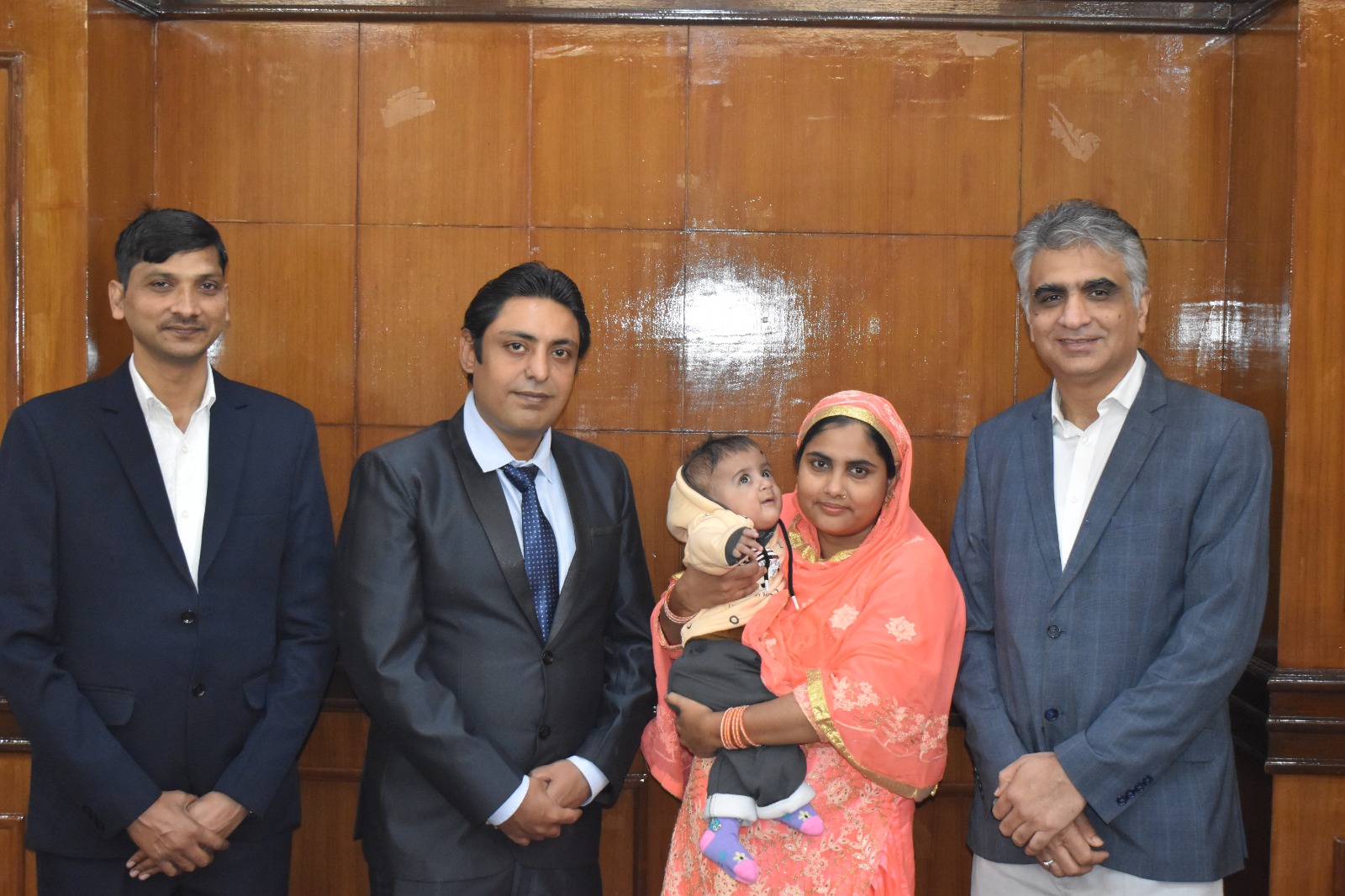
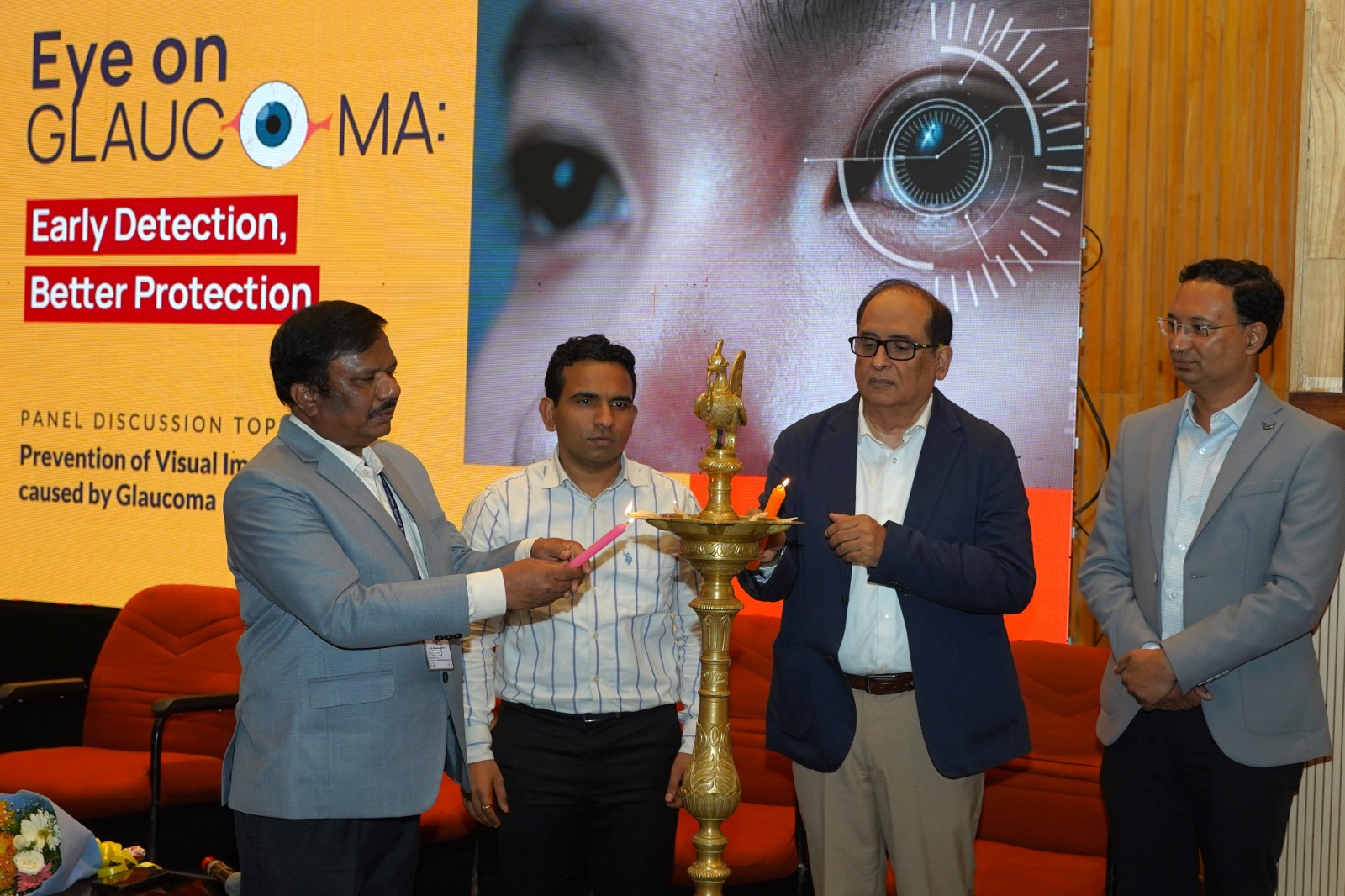
.png)
.png)

.png)
.png)
.png)

.png)
.png)
.png)

.png)
.png)